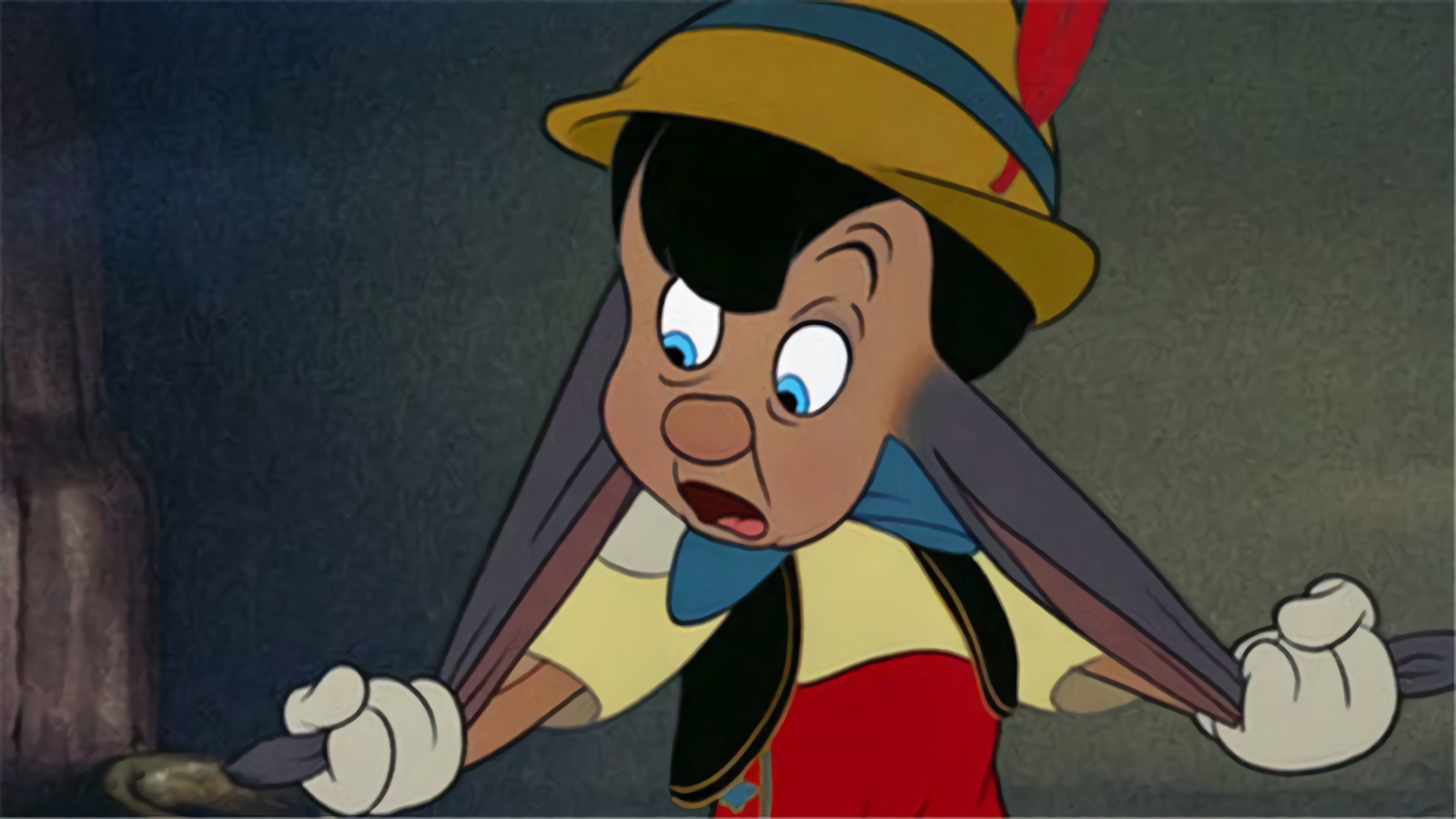
Trans-Rabbits Are Rabbits! How Disney Unwittingly Contributed To Transphobia Against the Transspecies
By Jim Shill (aka Grandma Fa, aka China Cat, aka Roquefort the Mouse, aka Miss Cheese)
Since I realized that I was pretty much trans-everything in terms of my g*nd*r, my race, my species, my sentiency, and my edibility, I’ve noticed a lot of Disney content has not always been complimentary to people like me who do not identify as human despite being assigned human at birth. In fact, some of it is downright problematic.

Topsy-Turvy:
Pinocchio in a half-way state between donkey and puppet after already
having been in a halfway state between puppet and human
Second, there’s Bedknobs and Broomsticks, where Miss Price turns Charlie and Mr. Browne into rabbits, not to mention the King of Naboombu. In all three cases, their rabbit forms were their true selves. They were always rabbits trapped in human or lion bodies, and even if Mr. Browne objected, he still admits:
“Miss Price, I don’t mind being changed into a hawk or a tiger or something with a bit of dash to it, but always a fluffy white rabbit? It’s intolerable!”
So being trans-species is not his objection per se; he just wants to be higher up on the food chain. Who can blame him? But when King Leonidas comes out as trans-rabbit, he still has a lion’s tail. Chalk that up to Miss Price being in a hurry. She was aiming for toads initially anyway. And those glasses of hers must have been the inspiration for Harry Potter, so TERF TERF TERFITY TERF!
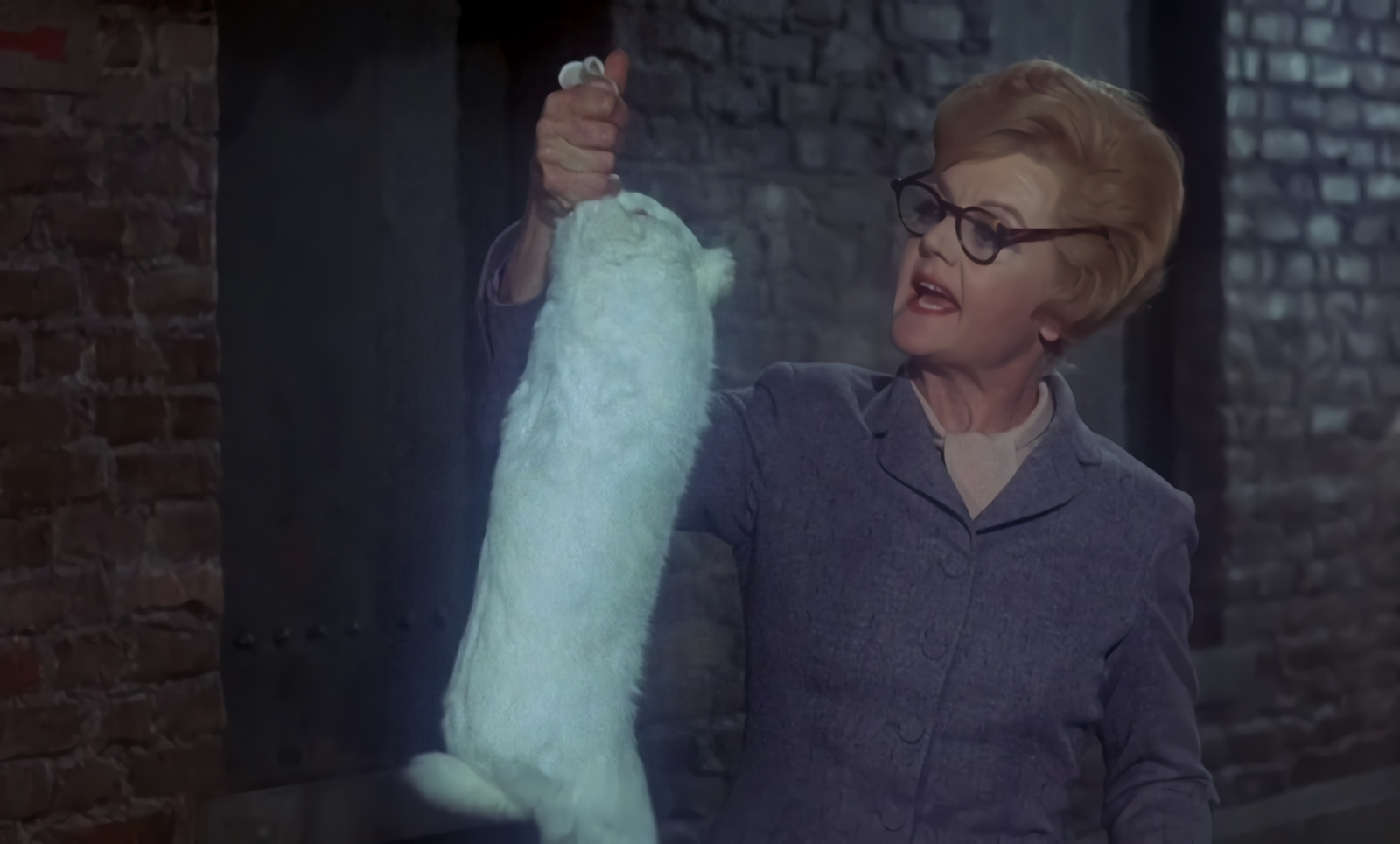
How
do you do? Angela Lansbury turns humans to rabbits in Bedknobs and
Broomsticks
Third, there’s Alice in Wonderland since chronological order is tres passé. The caterpillar turns into a butterfly. Well, isn’t that what they do in real life? Yes, so it’s accurate. Except for the parts about talking and smoking out of a hookah.
Fourth, there’s The Wuzzles, since in order to get these hybrid species, you would have had to combine them somehow. The opening credits suggest they just sprung up out of nowhere from a disembodied floating paintbrush. The show never explained it because CBS canceled it after 13 weeks of losing to The Gummi Bears in the ratings, NBC didn’t want it, and ABC was apparently willing to pay for reruns only.
Fifth, there’s Cinderella, since Jaq and Gus-Gus the mice and Bruno the dog become human from the time the Fairy Godmother says “Bibbidi-bobbidi-boo” until the stroke of midnight when they de-transitioned into their original species they were assigned at birth.
Sixth,
there’s The Little Mermaid. Mermaids are basically the Wuzzles
of the sea since they are half-human and half-fish. And Ursula is
basically half-human half-octopus in addition to being a parody of the
late drag queen Divine. Remember, this is the movie that saved Disney
animation. Jeffrey Katzenberg threatened to close the division even
before Black Cauldron crashed and burned. If parodying the
recently deceased star of some NC-17-rated 1970s cult movies is
necessary to save Disney animation, then who are we to judge?
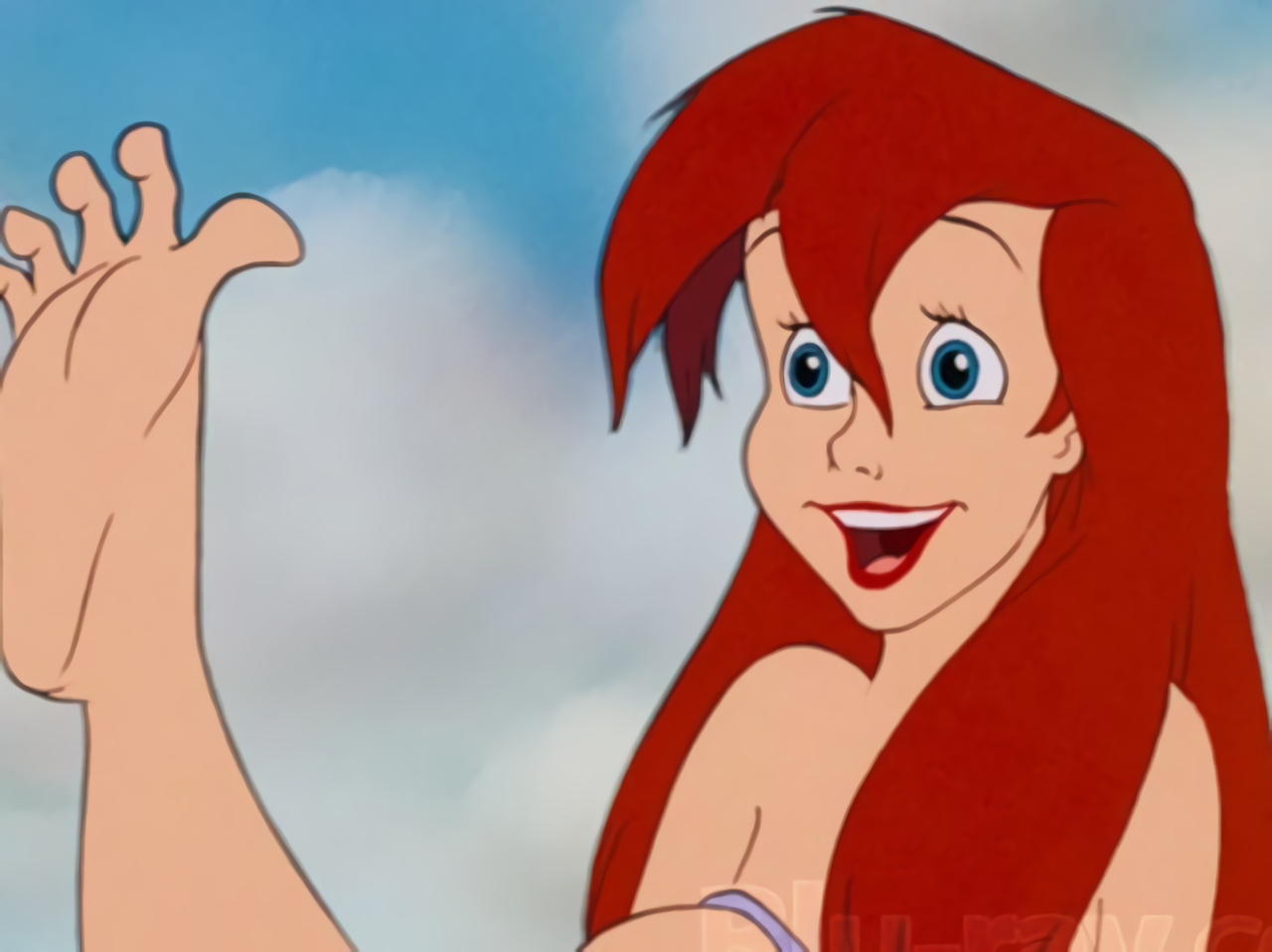
Ten
feet off the ground: Okay so the only things she has in quantities of
ten are fingers and toes, but you get the basic point.
Seventh,
there was It’s Pat: The Movie. Yes, that Pat; the one from SNL.
That was technically a Disney movie since it came out through
Hollywood Pictures. That needs no explanation since even I can’t
figure out what Pat is. Wasn't that the point? I mean, assuming there
was one to begin with?
Eighth, there’s The Sword in the Stone. Over the course of the movie, Merlin and the Wart become fish and squirrels while Merlin gets into a Wizard’s duel with Mad Madam Mim to see who can become the most dangerous animal. But they all become human again when it is all over and done with.
Ninth and tenth, there are The Jungle Book and Robin Hood, the two animated movies where Phil Harris played bears. In the first one, he pretended to be an orangutan to fool King Louie as he sings “I Wan’na Be Like You”. In the second one, he tried to pass for female along with Robin Hood who dressed up as a fortune teller.
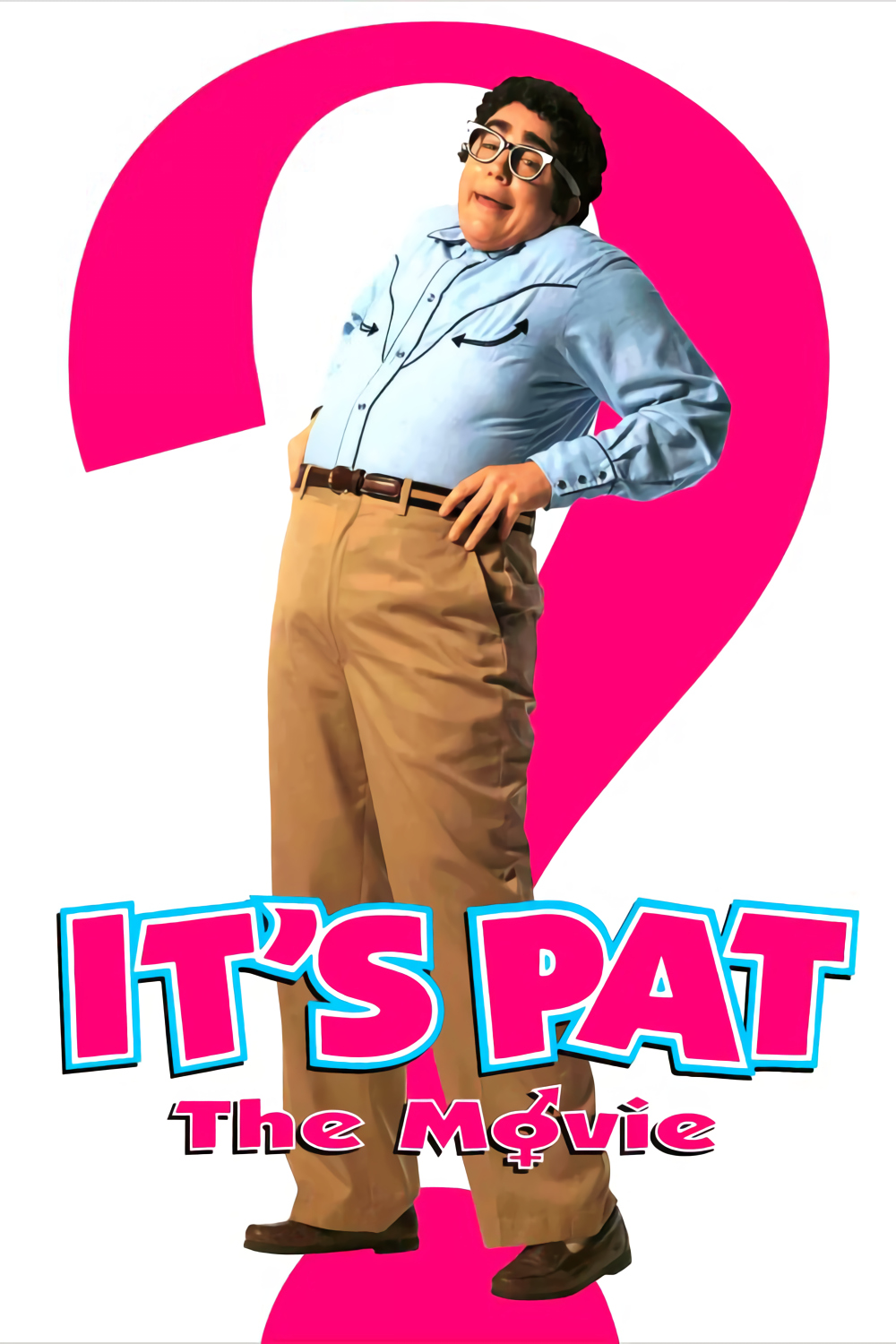
Are
you valentine candy or boxing gloves?: Julia Sweeney's androgynous SNL
character came and went in said character's big screen debut in 1994
Eleventh is Sleeping Beauty since Maleficent is also trans-species, changing from human to dragon only to be slain by Prince Philip with the help of Flora, Fauna, and Merriweather. This makes them all transphobes, especially Merriweather. She knows why.
Twelfth
is a little more esoteric: Something Wicked this Way Comes.
There’s a scene in this Jack Clayton-directed PG-rated 1983 Ray
Bradbury-inspired sci-fi fantasy thriller where a ladies’ man actually
becomes a woman just as other townspeople get what they wanted in ways
they never could have imagined. Incidentally, Mary Grace Canfield, who
played Angelica the maid in 1960's Pollyanna, returned to
the studio for this film. She was best known as the tomboyish Ralph
Monroe on the classic 1965-1971 CBS sitcom Green Acres.
Thirteenth is one you’re hearing a lot about these days and will be hearing about for years to come so deal: The Princess and the Frog. For most of the movie, Tiana and Naveen are proud green trans-frogs who proudly leap all over Louisiana in their journey to discover their common humanity despite Tiana only being human for 19 minutes. Trans-frogs are frogs, so that makes Br’er Frog from Song of the South a TERF (Trans-Exclusive Ribbiting Frog).
Fourteenth, fifteenth, sixteenth, seventeenth, and eighteenth are the Shaggy Dog movies. Yes, there really are that many; this time, I actually bothered to look them up. First came the 1959 black-and-white one in which Tommy Kirk played Wilby Daniels as he turned into an Old English sheepdog. The 1976 sequel, The Shaggy D.A., had Dean Jones inherit the role as he tries to run for district attorney. In 1987 another sequel, The Return of the Shaggy Dog, saw Gary Kroeger inherit the role; this one aired on The Disney Sunday Movie on ABC. 1994 saw a made-for-TV remake of the original film; this time, Scott Weinger, the voice of Aladdin, was the one turning into a dog. In the 2006 theatrical re-remake, it’s Tim Allen who that happened to.
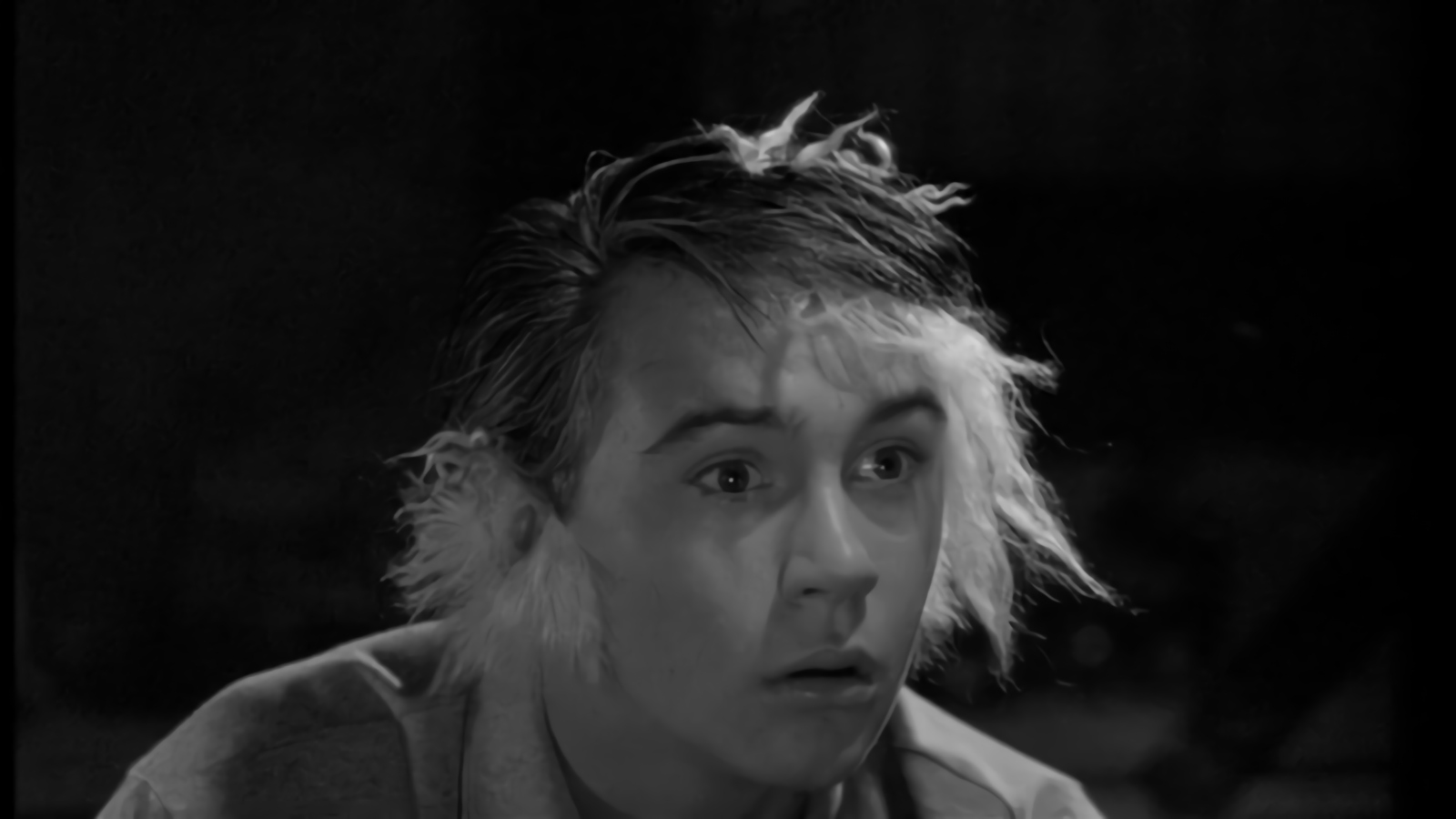

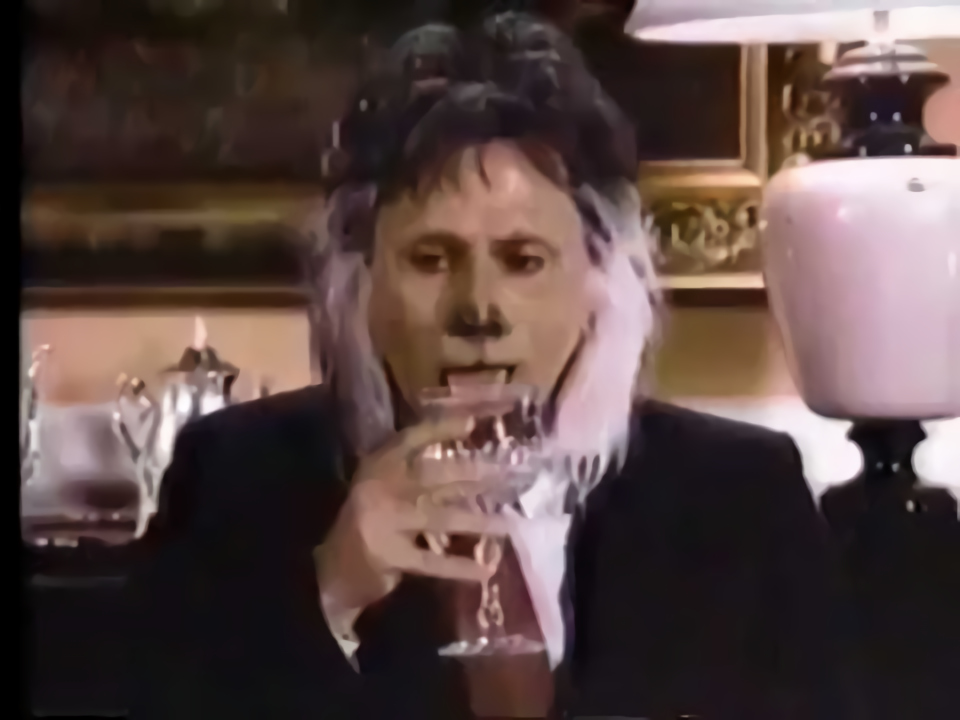
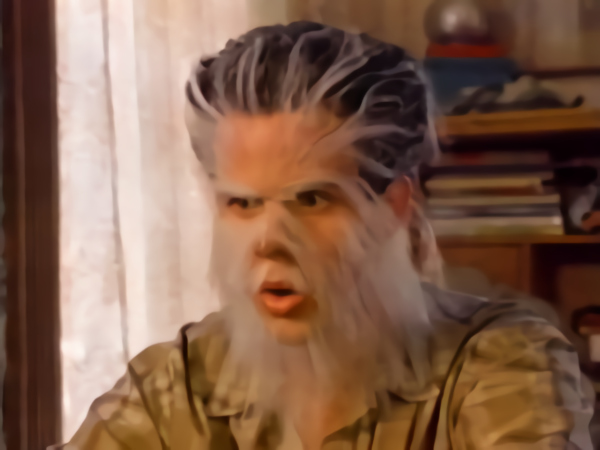
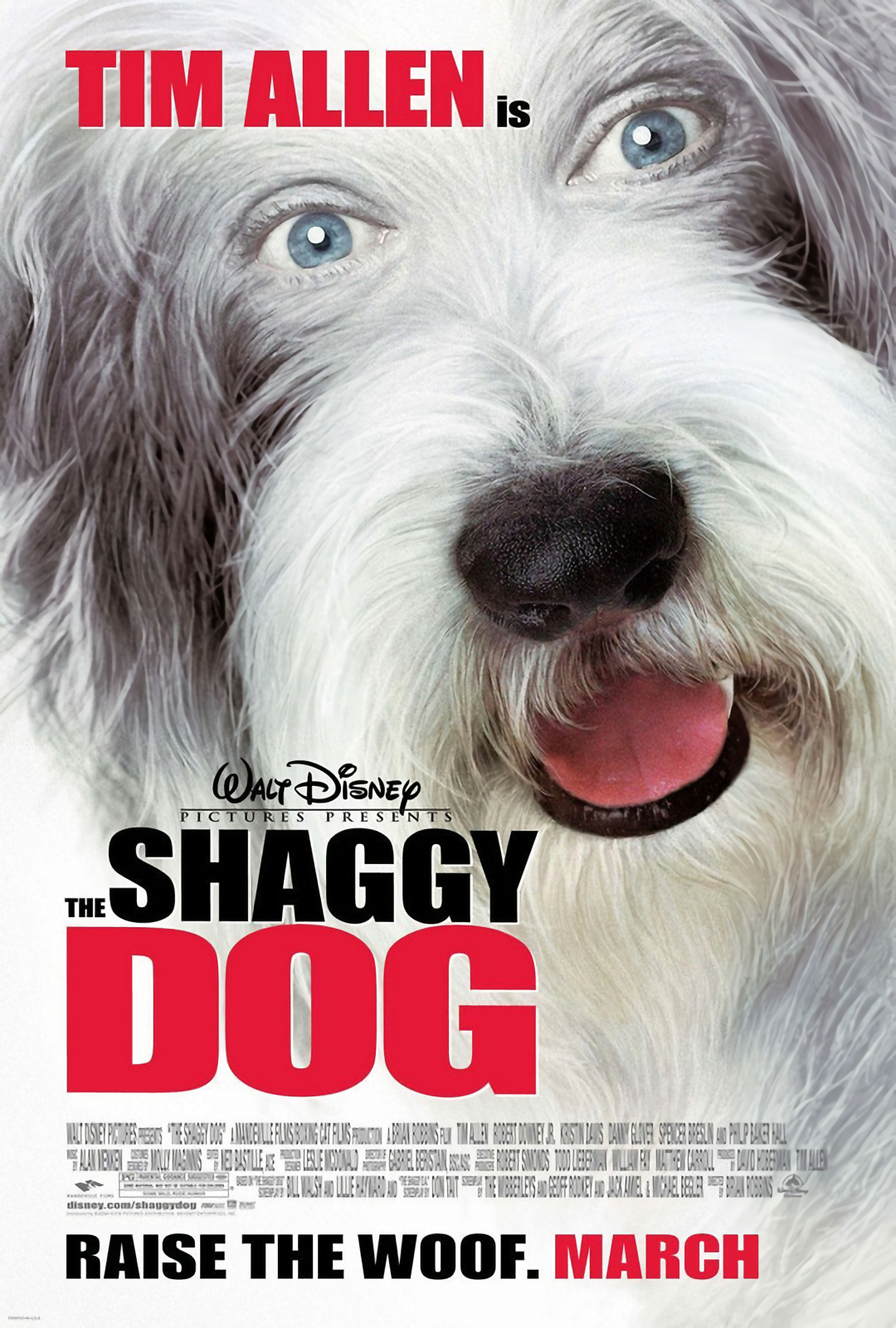
I'd
like to be you for a day: The original 1959 Shaggy Dog spawned
two sequels and two remakes!
Nineteenth,
and far from the least, is Beauty and the Beast. The whole
movie revolves around a spell cast by a witch who turns a rude prince
into a beast and everyone who works for him into normally inanimate
household objects. This lasted 10 years until Belle came. This means
that Chip spent almost his whole childhood as a teacup. At least he
got to be one of the most iconic ride in Disneyland.
There are countless others but I didn’t feel like counting them all because that involves burning too many calories. Luckily, Disney is now doing something about it by updating the dress codes to allow LGBTQU235ANDAPINCHOFSALTWRITTENONIT mouse ear pins in the parks. So for those of us who cope with species dysphoria on a daily basis, this is a great leap forward.
Copyright © MMXXI, All rights reserved.